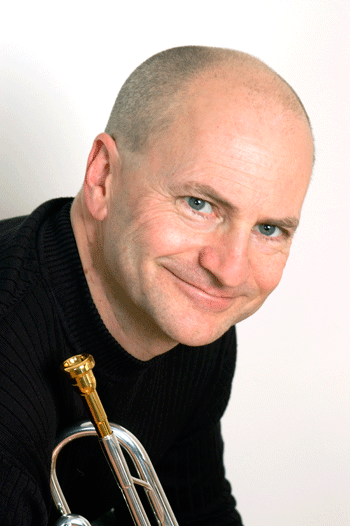“Questions, comments, complaints, thoughts, observations, revelations?”
This line is familiar to all my students; it is the opening gambit at each lesson. The purpose is twofold: to involve the student in the learning process and to remind the teacher to listen. Students and teachers are partners with the same goal: You seek information; we have the information you seek (hopefully). Effectively transferring that information is the challenge facing both of us.
Student-Teacher Contract
I will freely offer any information I have, help you determine what information you need and will try to find the most effective way to communicate the information. You will not sit like a bump on a log waiting to be spoon-fed but will be an active participant in the learning process, thinking for yourself and asking questions.
During Practice Time
Doctors know that if they listen, the patient will tell them what’s wrong. By encouraging you to share your thoughts at the outset of the lesson, the teacher reminds himself that he must concentrate on what you need. If you have no questions, comments, etc., it indicates that you are not thinking enough when you practice. Mindless hours of lip slurs and long tones will not get you where you want to go.
In the search for quality sound, you must concentrate and search for subtle cues that guide you to the most efficient use of your body. This way of practicing should provide plenty of fodder for the lesson. Often, a single question can provide the foundation for an entire session. Arrive prepared.
In Group Settings
A clinic is always more sparked when the teacher invites and provokes questions, following the thread of audience interest. On one clinic tour, I passed out a list of 80 suggested questions to get the ball rolling. Like a menu, participants could “order” by number. Every session was different and lively.
My improvisation students at the University of Toronto are required to email a question prior to each class. When I address the questions in class, an interesting discussion is guaranteed. So help your teachers help you. Ask questions!
About the Author
Chase Sanborn is a jazz trumpet player based in Toronto. He is on the faculty at the University of Toronto and is the author of “Brass Tactics,” “Jazz Tactics,” “Tuning Tactics” and “Music Business Tactics.” Chase is a Yamaha Artist. Visit his website at www.chasesanborn.com.


